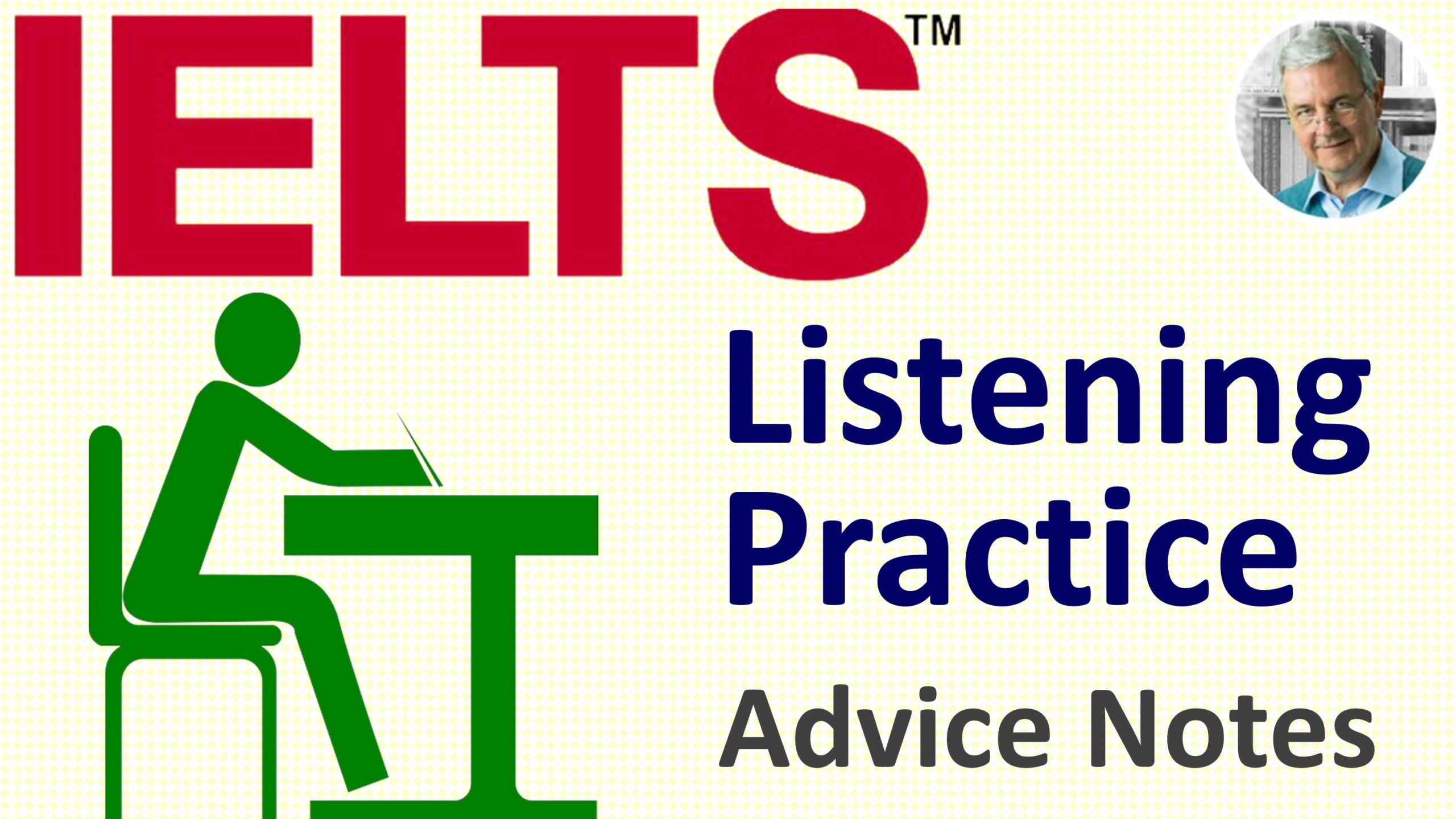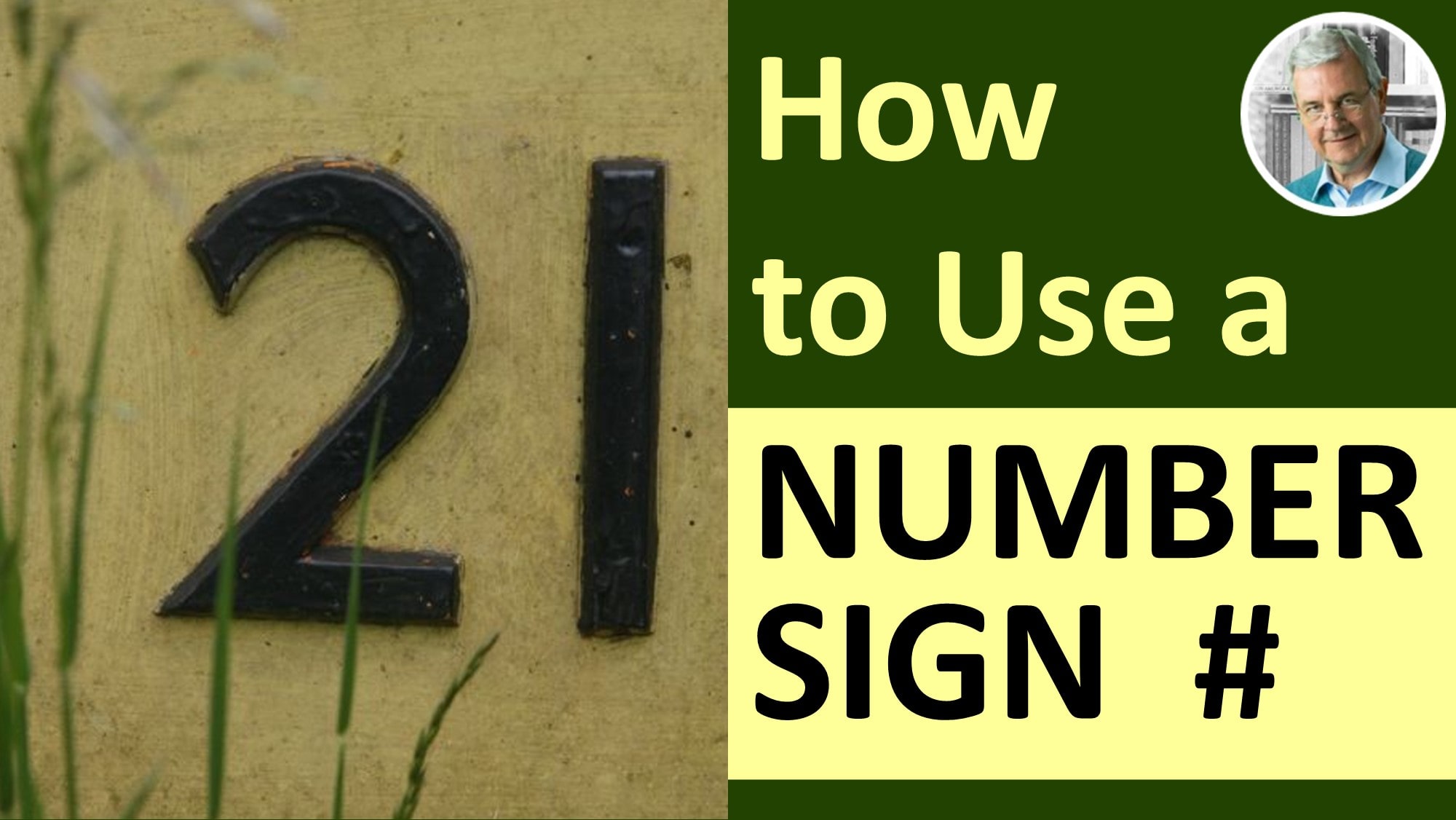ENGLISH Reading Exercise #4 (Intermediate): Time Management
English Reading Practice Exercise 4 (Intermediate)
Click Here for ENGLISH READING PRACTICE EXERCISES
This exercise has been created for English students who are at a beginner to intermediate level. The pace of the reading is slower, with emphasis on pronouncing all the syllables.
During this English reading practice session, you will read along with the teacher at the same time, with the teacher’s voice superimposed over their own, students start to self-correct in the areas of pronunciation and fluency, learning to read and speak in natural word groups.
After a student feels comfortable at this pace, they can do the exercise created for intermediate to advanced students, which is faster and sounds normal for a native speaker.
English reading practice will certainly help you speak English fluently or at least great improve your English fluency.
Here is the transcript for “English Reading Practice Exercise 4 (Intermediate)”
Exercise 4: Time Management
Be sure to watch the introductory video to this playlist before doing this exercise.
Click on the link below in the Description . . .
(https://youtu.be/IOeaBha6dUU)
Instructions
- Turn up the volume so the teacher’s voice is loud.
- Read the words in red out loud at the same time as the teacher.
- Pay attention to the teacher’s voice intonation and the word groups.
The text:
How To Get More Done
Here are three key principles of time management that can make a huge difference to your productivity.
- Create chunks of time. Examine your work day, decide on your most productive hours, the times when you are feeling at a high energy level, physically and mentally, and then focus on your main task during this time. This means avoiding the temptation to answer emails, messages, or phone calls. This can be a challenge but even if it means not responding to interruptions for a block of time of just 30 minutes, you will find you can accomplish much in that time.
- Break large tasks into pieces. One time management consultant recommends what he calls the ‘Salami Technique’. To eat a salami, it is necessary to slice it into very thin pieces. No one would think of eating a salami whole. This principle can be applied to large tasks. A large task can seem formidable and cause people to procrastinate and put it off for another day. Rather than being overwhelmed by a large task, cut off a small slice, perhaps a 30 minute job and make it manageable. By continuing to work on a large task, in 30 minutes unbroken time segments, can bring the task under control so it can be completed in a reasonable time.
The advantage with this technique is that it builds momentum. By completing a small slice of the job, a person can feel energized and motivated to continue to the next slice. As you build momentum, you can feel a surge of power and energy and a strong desire to complete the task.
- Single Handle Each Task. This simple technique can save so much time. Single handling demands that once you start a task you don’t stop until it is finished. For example, you read an email. Rather than postpone answering it, deal with it there and then. A majority of emails can be handled with a brief reply. So rather than reading an email, leaving it unanswered, then coming back to it another day, by which time you have forgotten some of the contents and need to read it again, just answer it immediately while the topic or questions are fresh in your mind.
Some time management experts believe this can reduce the time required to complete tasks by as much as 50 percent. Of course, it takes self-discipline and learning new habits and ways of working. The rewards however more than compensate for the effort required to develop these new disciplines.
Try employing these 3 simple time management principles during your regular work day and get great satisfaction from getting more done, in less time and with less energy. That is the end of the reading.
Repeat this exercise many times until you can synchronize your reading with the teacher.
Practice other exercises in this playlist and see a major improvement in your English speaking fluency.
Has this video helped you? Hit LIKE now!
Continually IMPROVE YOUR ENGLISH by subscribing to this channel.
Hit the subscribe button NOW!
Click the bell icon and choose All to be notified when there are new videos!
Build A Powerful English Vocabulary with my FREE course on Udemy.
Go to: http://goodenglish.online
If you found this English Practice Reading Exercise helpful, be sure to check Exercise 3 (Intermediate) which provides helpful information on Memory & Language:
ENGLISH Reading Exercise #3 (Intermediate): Memory & Language


